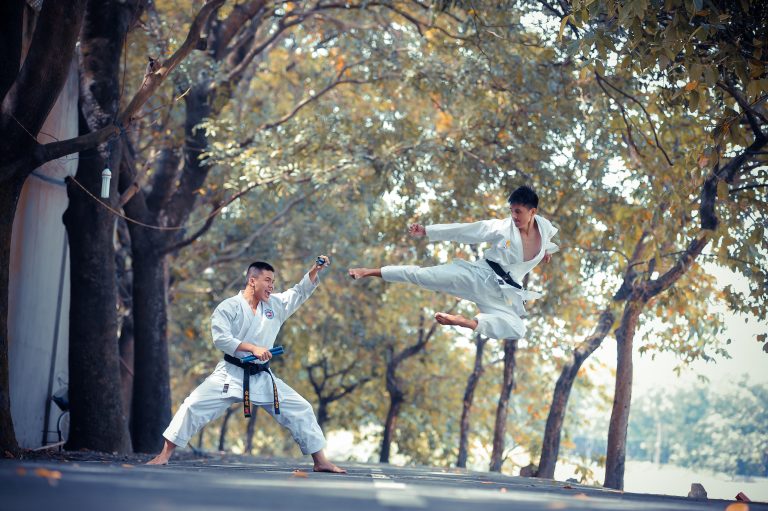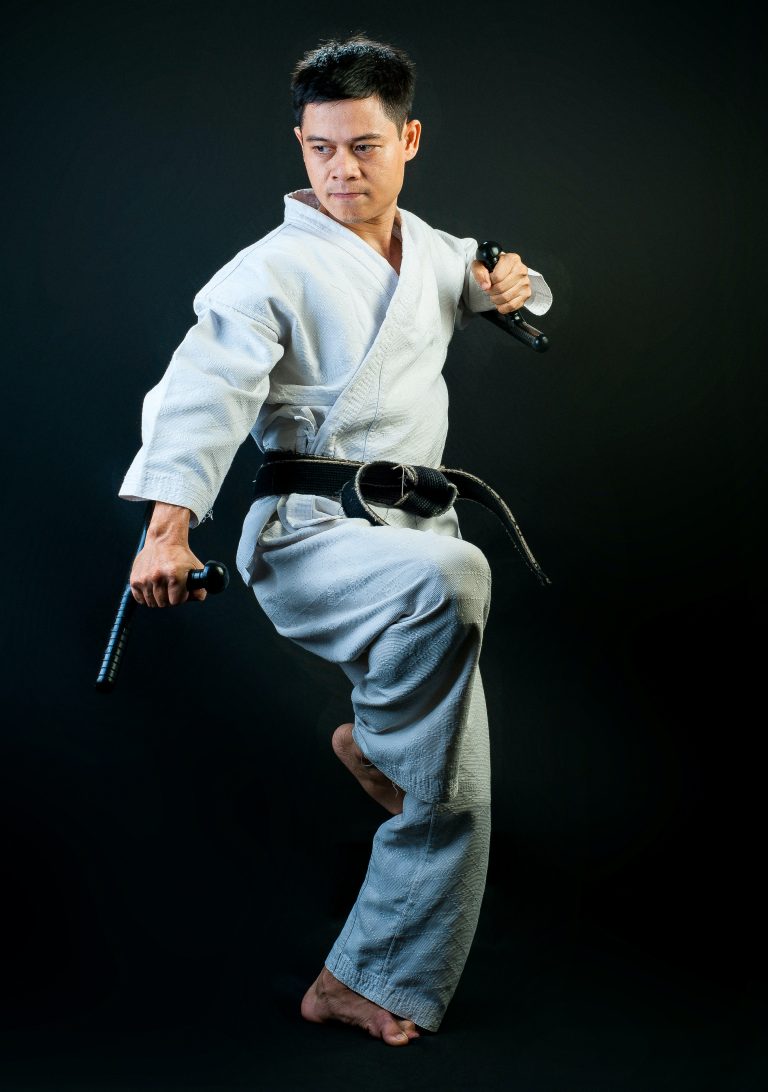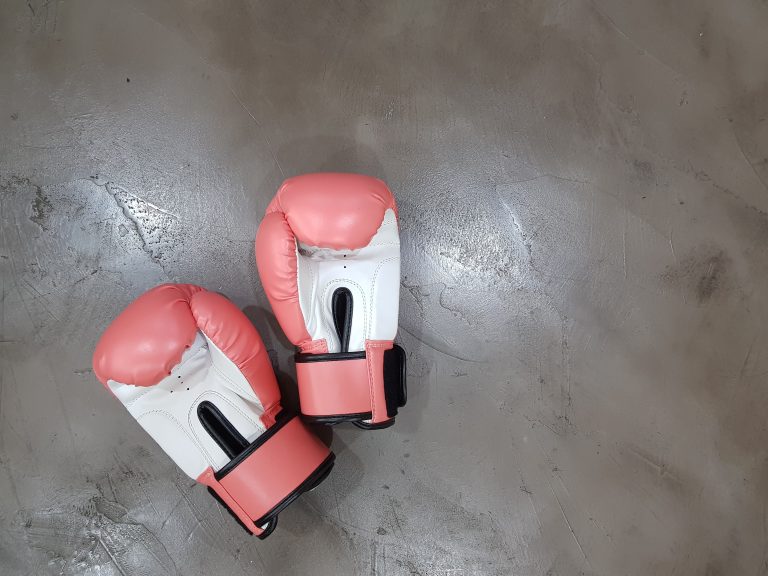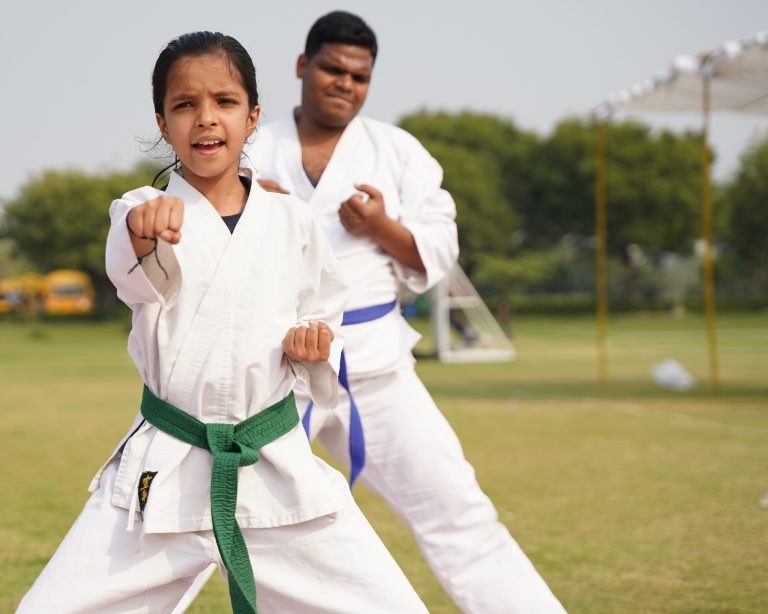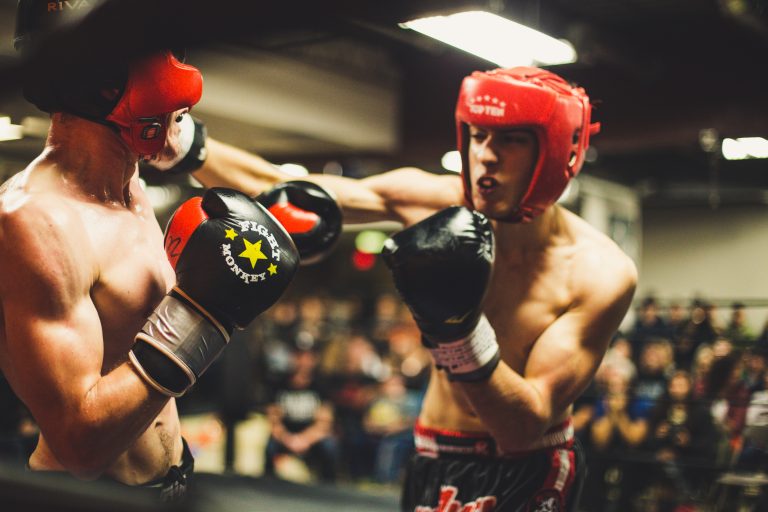Karate: Benefits of Cross-Training for Martial Arts Mastery
Cross-training in martial arts is not a new concept. It has been practiced by martial artists for centuries and often provides the necessary impetus for taking martial arts skills to the next level. Karate, as one of the most enduring and popular martial arts disciplines, has seen many practitioners benefit from cross-training in recent years. This blog post will discuss the benefits of adding some cross-training to your karate practice and explore how they can be applied towards martial arts mastery.
What is Cross-Training?
Cross-training is a practice whereby martial artists learn different techniques and principles from the martial arts disciplines that complement their primary discipline. It can include elements of jujitsu, judo, tae kwon do, taekkyeon, Muay Thai, mixed martial arts (MMA), and other forms of karate or grappling. Although primarily focused on hand-to-hand combat, cross-training also includes elements from various other non-martial sports such as boxing, wrestling, and gymnastics.
Benefits of Cross-Training for Karate Mastery
Cross-training can provide many benefits for martial artists who want to progress to the next level in their practice. Here are seven of the most significant benefits of cross-training for those who practice karate:
1. Increased Confidence and Self-Esteem
Cross-training allows practitioners to test themselves against a wider range of opponents and styles than they may traditionally have encountered in their karate practice. This helps to boost their confidence and self-worth, as they face greater challenges and learn new concepts that they would not have experienced with just karate alone.
2. Improved Movement and Flexibility
Cross-training allows martial artists to explore movement more broadly than they might through traditional karate. By complementing their existing knowledge and experience with elements from other martial arts, practitioners can expand their repertoire of movements and pick up new approaches to attacking and defending. This increased range of movements can help increase flexibility, agility, style, and power, allowing for higher levels of expression in karate performance.
3. More Creative Techniques
Cross-training provides access to new techniques which can help increase creativity in the development of kata and technique execution. Different forms of martial arts, from different eras and cultures, may employ unique strategies and movements that can be applied to karate practice. This gives practitioners access to a wider range of creative techniques and strategies that they may not have otherwise encountered, honing their skillset while still remaining true to traditional karate techniques.
4. Increased Strength and Endurance
By engaging in strength and endurance training outside of regular karate practice, martial artists with a karate focus can increase their overall fitness level. In addition to providing a broader range of movement, strength and endurance training can help martial artists build muscle mass and improve their physical fitness in general. With regular strength and endurance training, Karate practitioners can build the ability to master more difficult techniques that require long periods of exertion.
5. Better Technique Approaches
Cross-training gives martial artists access to different techniques which fundamentally alters their approach towards technique execution. As a practitioner learns more techniques from other disciplines, they become better equipped to identify which techniques would work best in certain situations. This allows practitioners to blend multiple styles together to create a more comprehensive approach with greater capability for adaptation and success in competition or self-defense scenarios.
6. Strategic Insight
Cross-training also affords martial arts practitioners the opportunity to develop a more comprehensive understanding of strategy and tactics involved within the discipline of karate. By focusing on mastering various external styles of martial arts within their cross-training sessions, practitioners can gain increased insight into different approaches that could be used to gain an edge over their opponents. This could include executing methods based on timing, precision, deception, or control — skillsets that can be effective within any form of hand-to-hand combat or self-defense scenario involving karate or external martial arts styles.
7. Increased Mental Toughness
Finally, cross-training helps increase mental toughness through intense concentration and focus on movement training and strategy practice outside of karate sessions. As practitioners gain a better understanding of the individual principles behind each style — as well as how they could be integrated into their overall karate practice — they become better prepared mentally for the intensity of competition or self defense scenarios they may encounter in the future. Increasing mental focus through cross-training can make practitioners more resilient under pressure and better equipped to succeed in competition or self defense scenarios while remaining composed under pressure.
Conclusion
Cross-training is an essential practice for any serious karate practitioner looking to reach the pinnacle of their martial arts journey. It provides invaluable insights into external styles that may otherwise remain unknown if one were to only stay within the confines of traditional karate practice. With its ability to provide increased confidence and flexibility, more creative techniques, improved endurance, heightened tactical awareness, and an increased ability to remain composed under pressure — cross-training is an invaluable tool for any dedicated martial artist looking for an edge in their journey towards karate mastery.
Sources:
Blumenthal, M., & Rippee, K. (2014). Physiological benefits from physical activity across major chronic disease categories . Sports Medicine, 44( S1), 79–89. doi:10.1007/s40279-014-0135-1
Limbrick, P. (2019). Cross Training For Martial Arts: Speed Up Your Progress In All Arts! Martial Arts Secrets Blog, 1–10. Retrieved from https://www.martialartsecretsblog.com/cross-training-for-martial-arts/
Lowe Shanker, K., Shanker Lissanti, L., & Sachs, M. (2017). The Successful Karate Student: Principles in Practice . Boston: YMAA Publications Center Incorporated.
Ueda, S., Hashimoto, T., & Norton, K.I. (2017). The 10 Benefits of Martial Arts: Why You Should Start Training Today . Medium Corporation Retrieved from https://medium.com/@go_mma/the-10benefits-of-martial-arts-why-you-shouldstart-trainingtoday-f1a679d36219
The Most Frequently Asked Questions About Karate Cross-Training: Benefits of Martial Arts Mastery
Karate is an ancient Japanese martial art that has been practiced for centuries. Due to its effectiveness in real-life situations, it has become a popular form of self-defense around the world. One of the ways to enhance your skills as a martial artist is through cross-training.
Cross-training implies that you practice two or more related disciplines to improve your overall skills. In the case of Karate, cross-training can provide many benefits that will help you become a well-rounded martial artist. Here are some of the most frequently asked questions regarding cross-training in Karate:
1. What is cross-training in Karate?
Cross-training in Karate involves studying multiple martial arts disciplines along with Karate. The idea is that by training in two or more distinct martial arts, you can gain a broader perspective of self-defense, improve your overall physical and mental fitness, and develop more advanced self-defense techniques.
2. What are the benefits of cross-training in Karate?
Cross-training in Karate delivers several benefits, including:
a. Improved Physical Conditioning
Most martial arts involve high-intensity and high-energy movements that require a lot of physical conditioning. Cross-training in Karate helps you maintain and improve your overall fitness and endurance, allowing you to perform at your best for longer periods.
b. Diversification of Techniques
By studying multiple martial arts styles, you gain access to a more comprehensive range of techniques, strikes, movements, and tactics. This diversification translates to a broader perspective on self-defense and the ability to adapt to different scenarios and circumstances.
c. Improved Confidence
Cross-training in Karate boosts your confidence by providing you with a better understanding of self-defense situations and giving you the tools to handle them effectively. Additionally, the physical fitness aspect of martial arts training has been shown to increase confidence and overall well-being.
d. Enhanced Self-defense Skills
By training in multiple martial arts styles, you develop a more extensive arsenal of techniques beyond what you would learn in traditional Karate classes. This means you’ll have an easier time dealing with different attackers or varying self-defense situations, which ultimately enhances your ability to defend yourself.
3. What other martial arts should I consider cross-training with Karate?
Any martial art that complements Karate can be considered for cross-training. However, some of the most helpful disciplines to study include:
a. Judo
Judo is a grappling martial art that focuses on throws, joint-locks, and submissions. It provides an excellent complement to Karate because it helps you develop your balance, timing, and coordination.
b. Muay Thai
Muay Thai is a striking-based martial art that emphasizes punches, kicks, elbows, and knees. Learning Muay Thai allows you to build muscular endurance, hand-eye coordination, and striking power, enhancing your overall offensive abilities.
c. Brazilian Jiu-Jitsu (BJJ)
BJJ is a grappling Martial Art that concentrates on submissions and ground techniques. Training in BJJ complements Karate because it enhances your ability to defend against attackers that try to force you onto the ground. It also improves your understanding of body mechanics and leverage.
d. Krav Maga
Krav Maga is a martial art focusing on real-life self-defense scenarios. It teaches you how to react quickly to various scenarios and adapt your defense to the situation. This discipline complements Karate since it sharpens your reaction time and teaches you how to act intelligently in challenging situations.
4. How often should I practice cross-training?
The frequency of cross-training will depend on your goals, schedule, and fitness level. A general rule of thumb is to aim for three to four cross-training sessions each week, allowing for sufficient rest and recovery. However, you’ll want to adjust the frequency based on your individual circumstances to prevent overexertion or injuries.
Conclusion
In conclusion, cross-training in Karate is an excellent way to improve your martial arts abilities. With the benefits mentioned above, it’s easy to see why so many martial artists choose to cross-train with other styles. By incorporating other disciplines in your training regimen, you’ll become a well-rounded martial artist with enhanced physical fitness, broader self-defense capabilities, and improved confidence. Remember, cross-training isn’t a substitute for dedicated Karate practice, but rather an excellent supplement to help you achieve better mastery of martial arts.
Inhaltsverzeichnis

